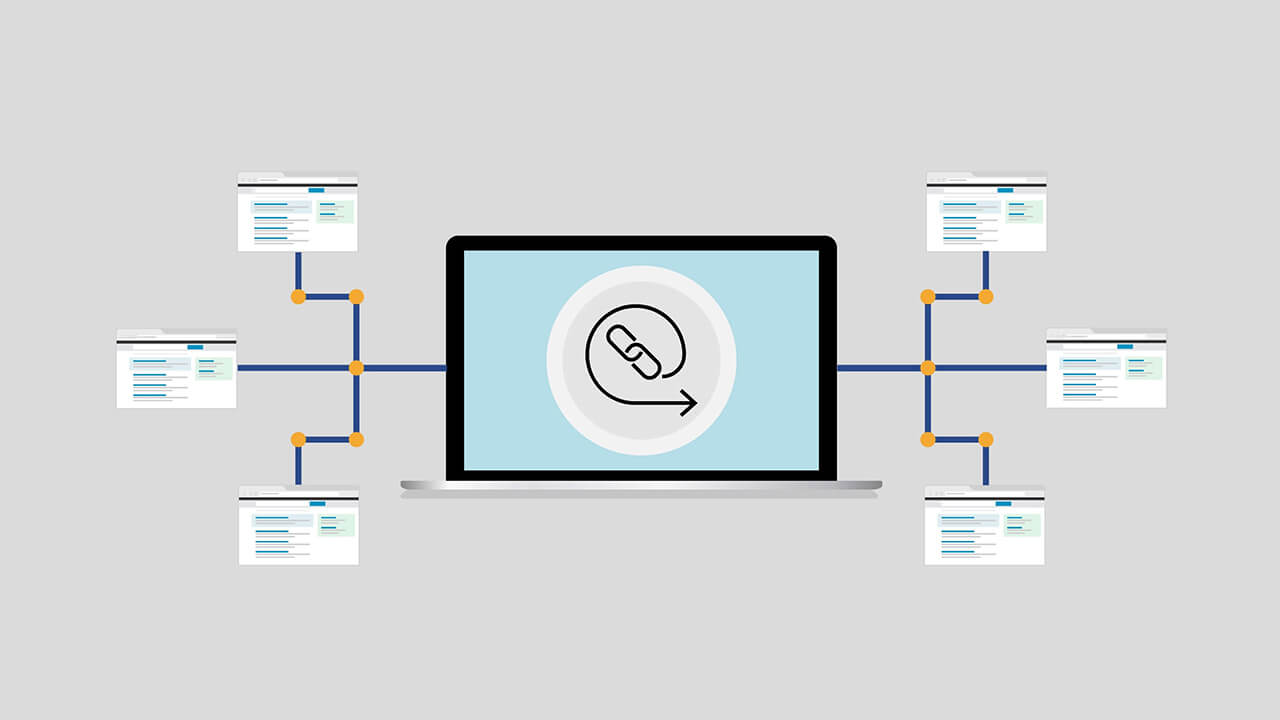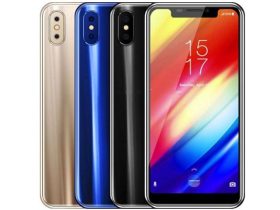No products in the cart.

The old statement that the customer is always right is not exactly true, but for your business to be successful, it is essential to listen to their opinion, no matter how difficult it is to assume. Customers are those people who use our products regularly, and their suggestions and opinions can be of great help when making business decisions. On the other hand, encouraging consumers to provide that feedback can lead to better business relationships and greater customer retention.
But asking for, acknowledging, and organizing all this feedback is a huge job. Cards and suggestion boxes leave only a lot of paper to analyze, while the data in emails is disorganized, offers little visibility, and is difficult to answer formally. For this reason, it has designed a series of tools to ask, through the web, the opinion of users while connecting with them in a more meaningful way.
Reviews
- UserVoice
UserVoice is an application that creates a specific forum where users can upload their opinion and vote on them. It is accessed through an application embedded in the website or through its page for the forum. Customers upload their ideas, problems, or suggestions, and others can rate these entries. For entrepreneurs, it is beneficial since they can see what the ideas that customers want to see carried out and what problems are isolated facts while other situations extend to a large number of users are. - Get Satisfaction
Get Satisfaction is a user community where proposed consumers can create a page for any company that is not yet in the system. This means that your company may already have a page even without your knowledge. This app can be a forum for users to answer questions, pitch ideas, get advice, and offer support for businesses. In this sense, companies can designate some employees to respond to customers officially. There is also an application for Facebook that can be integrated directly into the fan page. - Feedbackify!
Feedbackify! is a web tool that allows companies to ask customers specific questions, with scores from 1 to 10, and ask for opinions in other categories. The application focuses exclusively on getting feedback, although companies receive a lot of information about the user, so it is possible to respond to any comment that is launched. - SuggestionBox
SuggestionBox is an application focused on asking customers for ideas and suggestions and, like Get Satisfaction, users can create pages for companies without their prior permission. In the application, users post their ideas, other users can vote for them, and, once the companies receive it, they can respond to the suggestions or mark them with posters as “coming soon” or “implemented.” - Kampyle
The Kampyle app allows businesses to ask specific questions while chatting with customers through the app. In addition, an automatic system sends customers responses of interest concerning the feedback they offer. One of its key points is the analytics tools, including Google Analytics, Omniture, and Nedstate, so companies can get an idea of how customers are participating on the page. - OpinionLab
OpinionLab includes a series of tools to collect the opinion of customers through web pages, mobile, social media, email, and stores. The application can collect feedback in multiple ways, whether by scores, multiple-choice, or open responses. Once this data is collected, the application algorithmically analyzes it and offers a result.
Progressive web applications (AWP) are a technology that, although not new, is imposed these days due to the wide coverage it comprises, especially because the person can access the tool and its information, even without having data which facilitates navigation and access. How to identify if it is an AWP? Because of four great features: one, offline, allows you to navigate and use normally; two, it simulates a native application, that is, due to its fluidity and intuitive experience, the user thinks that the application is originally designed and customized for each screen; three, it delivers notifications to users (online-offline) and fourth, it has the inherent benefits of a website, such as Cyberg Reviews.
The creation of AWPs requires not only a significant financial investment but also greater responsibility in providing data. Ultimately, these types of apps seek to motivate and improve shopping experiences connected with the strategy and success of the business.
In this way, challenging entrepreneurs and companies through progressive web applications becomes a great opportunity to rethink business concepts and offer services and products in a different, novel, attractive way that optimizes the Internet experience.
The design and construction of these products “force students to reflect in a new and meaningful way in the field corresponding to the subject they are studying” [1]. In addition to the above, designing and developing digital products requires students to imagine a goal, formulate a clear and precise objective, invent the product, develop it, review it, and evaluate it.
These are compelling reasons why the construction of digital products is increasingly included among the school tasks that teachers assign to their students. Today, this approach is facilitated by the number of free tools (downloadable and online) available to create videos, images, audio clips, multimedia presentations, and written documents [2]. Additionally, when people know in advance that their productions are going to be public, in general, they are willing to invest more time and effort in them.
But when all the students in a classroom have developed multiple digital products to carry out a class project, it is essential to define where they will be collected. To do this, there are some Web 2.0 applications and services that allow them to be stored, published, shared, reused, and republished. In practical terms, online services for storing and sharing digital products offer teachers and students both a public showcase [3] to show the world their productions (store, publish and share), and a huge source of inspiration to access and learn about digital products made by other people (reuse and republication).
Below we review a series of applications to store, publish and share digital content on the Internet such as videos, audio clips, images, presentations, documents and files of any type and format:
What’s your reaction?
Love0
Sad0
Happy0
Sleepy0
Angry0
Dead0
Wink0







